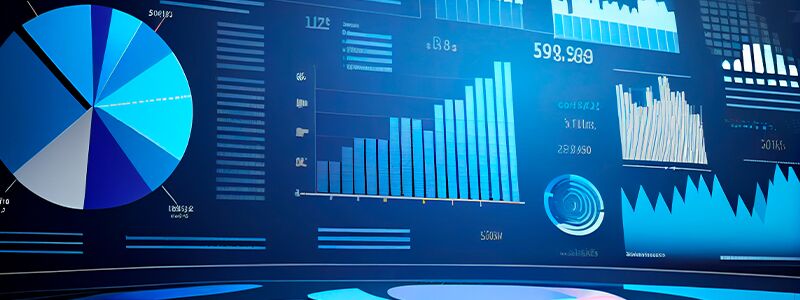Decisions need to be made in real-time to avoid losing fruitful opportunities. These decisions are mostly backed by the ever-increasing amount of data within an organization. Organizations lose out on opportunities due to the inaccessibility of data/insights to business users; this gives rise to the democratization of data and analytics.

What is data democratization?
Born out of the necessity to leverage more value out of Big Data, data democratization is a process that makes data accessible to everyone in an organization without the need of heavy IT involvement. With a data democratization strategy in place, every user in the organization, regardless of their technical prowess, can have access to data for timely and more insightful decision-making. This, in turn, helps analysts spend more time using data and less time finding it. However, even when an organization wants to empower every employee with easy access to data, there can be several infrastructures, culture, and governance-related impediments to making data available freely to them.
5 Best Data Democratization Practices Explained
In this blog, we have listed 5 best practices that a business can adopt to overcome these challenges and establish enterprise-wide data democracy.
1. Gain an Understanding of the Entire Data Ecosystem
As an organization grows, so do the volume, variety, and velocity of incoming data and the challenges associated with managing it. Information becomes siloed in systems and is accessible by relevant teams only, thereby offering a myopic vision of the data space to users.
An in-depth understanding of the data ecosystem and the fragmented systems that comprise it is integral to designing an integrated data space that offers all the users a holistic view of the information assets, along with the metadata and context they need to feel more confident about the relevance and trustworthiness of data.
2. Make Data Available to Everyone
In most organizations, data integration and analysis tools sit with IT departments who act as the gatekeepers of data, with business users at the mercy of data scientists to gain access to relevant data for BI and analytics. This can result in a data management process that is slow, frictional, and highly IT-reliant.
For businesses that wish to benefit from data democratization, it is essential to invest in data integration and analysis tools that offer the same usability and performance to everyone from developers to the end-user with limited technical knowledge. These integration tools are necessary for the democratization of data and analytics in an organization.
3. Tame Your Legacy Data
Data democratization is not just about making fresh data accessible for analysis and reporting. It also involves liberating the data trapped within legacy systems for answering questions that were not contemplated by people who originally collected this information.
However, legacy systems are inherently inflexible and can hamper the data democratization efforts of any organization. To overcome the challenge and integrate legacy data into modern infrastructures, businesses must invest in data integration tools that offer instant API connectivity to not only popular databases but also cloud-based systems and applications to ensure interoperability.
4. Empower Users with Self-Service Analytics
For organizations to reap to democratize data, they must empower their users to not only access data but also make data analysis and reporting part of day-to-day operations.
Although data integration and BI tools and technologies have evolved greatly over the past few years, finding a data management platform that facilitates access, analysis, and reporting of data in highly consumable ways remains an ongoing quest for most enterprises.
The solution to the problem lies in finding a data integration solution that lets you take advantage of the data the resides in previously disconnected systems, offers out-of-the-box connectivity to BI and analytics tools, as well as allows employees without technical knowledge to easily manipulate and analyze data.
5. Train Employees on How to Best Use Data
Data governance goes hand in hand with data democratization, and the lack of a data governance plan can quickly result in information overload, poor decisions, and reputational risk. To avoid these demerits of data democratization, everyone in the organization should be trained on how to best use the data, the importance of understanding data lineage, and how it can be transformed for BI and analytics.
Now that you have understood what data democratization is, you can dramatically increase the value of your business data and use it to create a competitive advantage by implementing the democratization of data and analytics best practices discussed.

Authors:
 Irfan Ahmed
Irfan Ahmed


